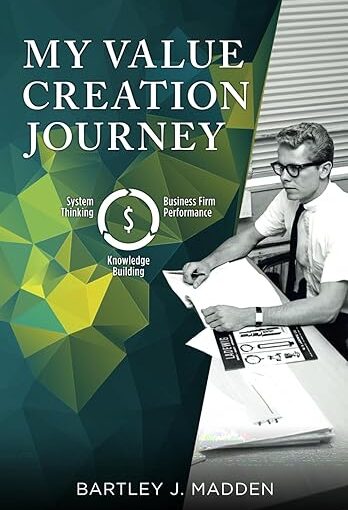[ad_1]
The Copper–Gold Ratio and Dollar Effects
Institutional asset managers use the copper–gold ratio as one of the 10-year Treasury yield’s leading indicators. Indeed, as the spread between bond yields and the ratio widened in the third quarter of 2022, DoubleLine Capital CEO and Chief Investment Officer Jeffrey Gundlach cited the relationship, observing that “the 10-year US Treasury fair value yield is below 2%.” As the divergence persisted earlier this year, the copper–gold ratio was, in Gundlach’s words, “screaming that the 10-year should go lower.”
Copper–Gold Ratio vs. 10-Year Treasury Yield

But given asset managers’ focus on the ratio’s connection to Treasury yields, we need to understand the market catalysts that influence this relationship, particularly the US dollar, because there are signs that the ratio’s utility may weaken under certain market conditions.
Copper and gold are both dollar-denominated commodities that exhibit negative correlations with the currency. Daily data from 2020 to 2023 indicate a correlation coefficient of –0.10 between copper futures and the Dollar Index. Gold’s correlation with the Dollar Index showed a coefficient of –0.31 over the same period.
These metrics make intuitive sense: The dollar’s appreciation relative to local currencies should increase commodity prices for non-dollar buyers. Indeed, a strong dollar has a tightening effect on global economic activities, according to Bank for International Settlements (BIS) analysis. The following charts bear out this relationship.
Copper Futures vs. Dollar Index

Gold vs. Dollar Index

Since the dollar is a shared input of both copper and gold valuations, the ratio of gold and copper largely neutralizes this effect as demonstrated by their –0.01 correlation with the Dollar Index. While this magnifies copper’s sensitivity to economic growth, it also increases tracking error relative to such dollar-influenced instruments as US Treasuries.
Treasury Yield and Dollar Valuation: Nuanced Dynamics
The correlation coefficient of the 10-year Treasury yield and the Dollar Index reached as high as 0.82 over our 2020 to 2023 analysis period. Despite such positive correlation, the dollar’s relationship with Treasury yields is much more nuanced.
During an easing cycle instituted by a dovish US Federal Reserve, a weaker dollar tends to correlate with lower Treasury yields. Conversely, a hawkish Fed ought to strengthen the dollar and push short- and longer-term rates higher.
In a Goldilocks economy with no policy shift, however, negative shocks should fuel flight-to-haven flows to both the dollar and Treasuries. This is what happened during the commodity rout of 2014 and 2015 and again during the 2019 “repo crisis.” The copper–gold ratio and other dollar-sensitive metrics should diverge from rates given their positive correlation with the dollar.
10-Year Treasury Yield vs. Dollar Index

Copper–Gold Ratio Is Vulnerable to Macro Paradigm Shift
Furthermore, shifts in global dollar demand driven by geopolitical factors could act as headwinds for both the dollar and Treasury securities. In “War and Peace,” Credit Suisse analyst Zoltan Pozsar said geopolitical currents could reduce foreign reserve managers’ appetite for dollar bonds. In such a scenario, a weaker dollar could co-exist with weaker Treasuries and exacerbate the divergence between the copper–gold ratio and the 10-year yield. Foreign holdings of US Treasuries have already declined in recent years, and Pozsar suspects this trend may persist.
Foreign Holdings of US Treasuries

As the dollar and Treasuries increasingly respond to global macro catalysts, the copper–gold ratio and other, less dollar-sensitive, indicators may overlook emerging drivers. And that could erode their utility as indicators.
If you liked this post, don’t forget to subscribe to the Enterprising Investor.
All posts are the opinion of the author. As such, they should not be construed as investment advice, nor do the opinions expressed necessarily reflect the views of CFA Institute or the author’s employer.
Image credit: ©Getty Images / bodnarchuk
Professional Learning for CFA Institute Members
CFA Institute members are empowered to self-determine and self-report professional learning (PL) credits earned, including content on Enterprising Investor. Members can record credits easily using their online PL tracker.
[ad_2]
Source link








 Bitcoin
Bitcoin  Tether
Tether  XRP
XRP  USDC
USDC  Lido Staked Ether
Lido Staked Ether  Dogecoin
Dogecoin  LEO Token
LEO Token